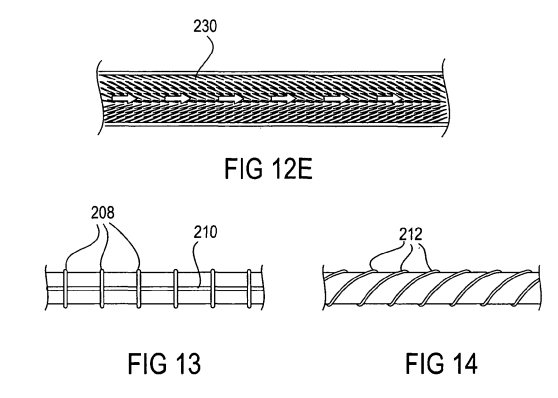Cilia are small hair-like organelles that protrude from the surface of cells and play a vital role in many important bodily functions. They act as cellular antennae and help in transducing various signaling pathways, including Sonic hedgehog (Shh) and Wnt signaling. When there is a defect in cilia functioning, it can result in syndrome disorders called ciliopathies, which can lead to brain development defects and affect organs like kidneys, liver, and eyes.
There are eight types of cilia in the human body, and any malfunctioning in any one of them can lead to different consequences in the patient. A genetic error in the respiratory cilia (9+2) causes airways disease known as immotile cilia syndrome. There are different categories of cilia in the human body:
- Mucus propelling cilia – These cilia are motile and have 9+2 structure with dynein arms and have length of about 6 micrometer. Examples of mucus propelling cilia are respiratory cilia.
- Water propelling cilia – They are also motile cilia with 9+2 structure and length of 10-15 micrometer. Example of water propelling cilia is on the ependymal lining of the brain ventricles and cilia on the ducts of the testes.
- Nodal cilia – They are motile cilia with 9+0 structure and they are short in length of about 5 micrometer. They move like in propeller pattern.
- Rudimentary cilia – They have 9 + 0 structure without dynein arms of length 2 or 3 micrometer. They help in moving centriole away from cytoplasm which further prevent cell from dividing.
- Olfactory cilia – They have 9 + 2 structure and about 50 micrometer length. They carry odour receptors in their cell membrane.
- Photoreceptor cilia – These have a 9 + 0 structure without dynein arms and are present in the visual cells.
- Sperm flagellum – They are about 45 micrometers in length with dynein arms.
To overcome defects that occur in cilia, artificial cilia can be made that can respond to light, magnetic and electrostatic forces. These artificial cilia can be individually controlled and offer a range of benefits over natural cilia. For example, they can be designed to respond to specific stimuli, such as the flow of fluids in a particular direction.
One such device that uses artificial cilia is a chip that consists of 16 square units, each having eight cilia arrays of about 50 micrometers. These arrays can be arranged independently, resulting in a different number of flowing patterns.
Many patents have been filed for artificial cilia, and Valen Tx Inc. has filed a patent (US9839546B2) titled “Apparatus and methods for treatment of morbid obesity.” The patent describes a method for treating morbid obesity using minimally invasive techniques. In one embodiment of the patent, a stomach or intestinal sleeve device with artificial cilia is shown, which facilitates the flow of food through the sleeve. The artificial cilia could be created by brushing or abrading on the interior surface of the sleeve in the direction of the food flow or molded into the surface of the sleeve.

In summary, artificial cilia offer a promising solution to overcome defects that occur in natural cilia. They can be designed to respond to specific stimuli and offer a range of benefits over natural cilia. There are already several patents related to artificial cilia, and they are being explored for various applications, including the treatment of morbid obesity.

